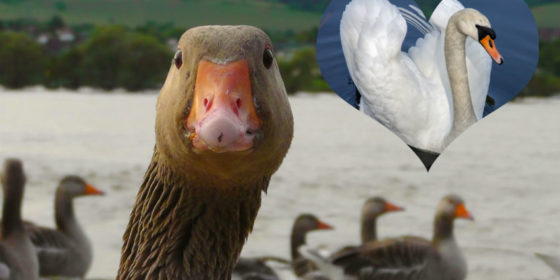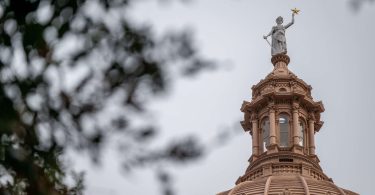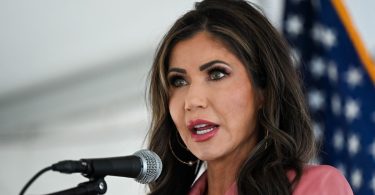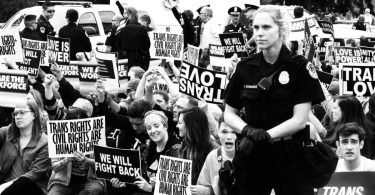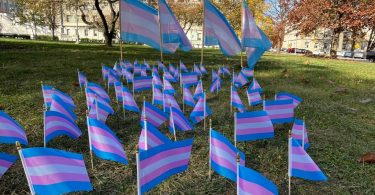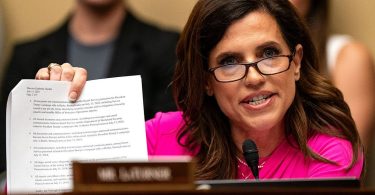A famous New Zealand goose died this week and will be laid to rest with his partner.
Thomas was a blind polyamorous bisexual goose.
He will be buried next to his partner of nearly 30 years, a black swan called Henry.
Thomas will be laid to rest in a public ceremony later this month, said birdwatcher Mik Peryer.
When birdwatchers first spotted Henry and Thomas together, they assumed Henry was a female swan.
The lack of babies soon suggested Henry was a male swan.
Peryer explained Henry went to partner up and have children with another female swan, but Thomas stuck around to help raise the babies.
Swans are known to form triad relationships with another male and a female. This way they have the companionship of the male but can still have children.
He added: ‘Prior to Henrietta turning up they had about 18 happy years together.’
The ‘eternal triangle’ raised 68 cygnets over the years.
Thomas was distraught after Henry’s death in 2009. He could be heard crying occasionally said Peryer.
He said: ‘Henrietta just flew off with another bird, being a young female, but poor old Tom was left on his own.’
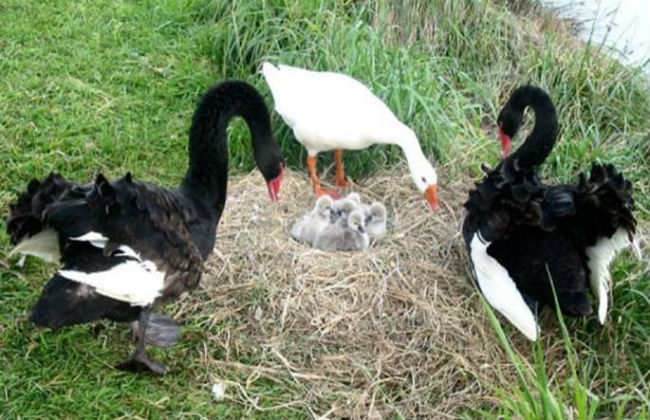
Thomas (white) with Henry, Henrietta (black) and their cygnets | Photo: Wellington Bird Rehabilitation Trust Facebook
Waimanu Lagoon
Thomas went on to father his own children with another female goose. But, they were stolen by George, another goose, who raised them as his own.
Peryer explained: ‘You would see George and the babies with Thomas just following them around.’
Thomas’s eyesight soon began to fail and he was attacked by swans.
He was moved from his home next to New Zealand lake, Waimanu Lagoon, to the Wellington Bird Rehabilitation Trust in 2013.
Waimanu Lagoon is in Waikanae, on New Zealand’s North Island.
Thomas spent his final years raising orphaned cygnets.
Peryer estimates Thomas was 38 years old. He will be buried under the commemorative stone which marks where Henry was also buried.
The birdwatcher adds: ‘We had about 100 people turn up for Henry and I wouldn’t be surprised if the same happened for Thomas.’
Wellington Bird Rehabilitation Trust posted on their Facebook about the sad loss.
They said: ‘You were a true inspiration for the work we do and the things we are able to achieve for the animals in our care.’

